While Napa and Sonoma dominate conversations about American wine destinations, the United States boasts numerous lesser-known wine regions producing exceptional vintages in settings that often surpass their famous counterparts in charm, value, and authentic experience. These underappreciated wine towns offer world-class tasting experiences without the crowds and premium pricing of more established destinations.
Here is a list of 20 remarkable American wine towns that deserve significantly more attention from oenophiles and casual wine enthusiasts alike.
Walla Walla, Washington

This former agricultural town in southeastern Washington has transformed into a world-class wine destination producing exceptional Syrah, Cabernet Sauvignon, and Merlot. Over 120 wineries operate in the region, many of which are housed in renovated downtown buildings and converted wheat warehouses that maintain the area’s agricultural heritage.
The combination of acclaimed restaurants, walkable downtown, and stunning Blue Mountain scenery creates a wine country experience rivaling any in America.
Paso Robles, California

Positioned halfway between San Francisco and Los Angeles, Paso Robles delivers exceptional Rhône-style blends and Zinfandels without Napa’s crowds or prices. The region’s dramatic diurnal temperature shifts—often swinging 40 degrees between day and night—create ideal conditions for producing wines with both ripeness and structure.
The unpretentious downtown square filled with tasting rooms, farm-to-table restaurants, and locally owned shops maintains the authentic California character that nearby regions have largely lost.
Like Travel Pug’s content? Follow us on MSN.
Fredericksburg, Texas
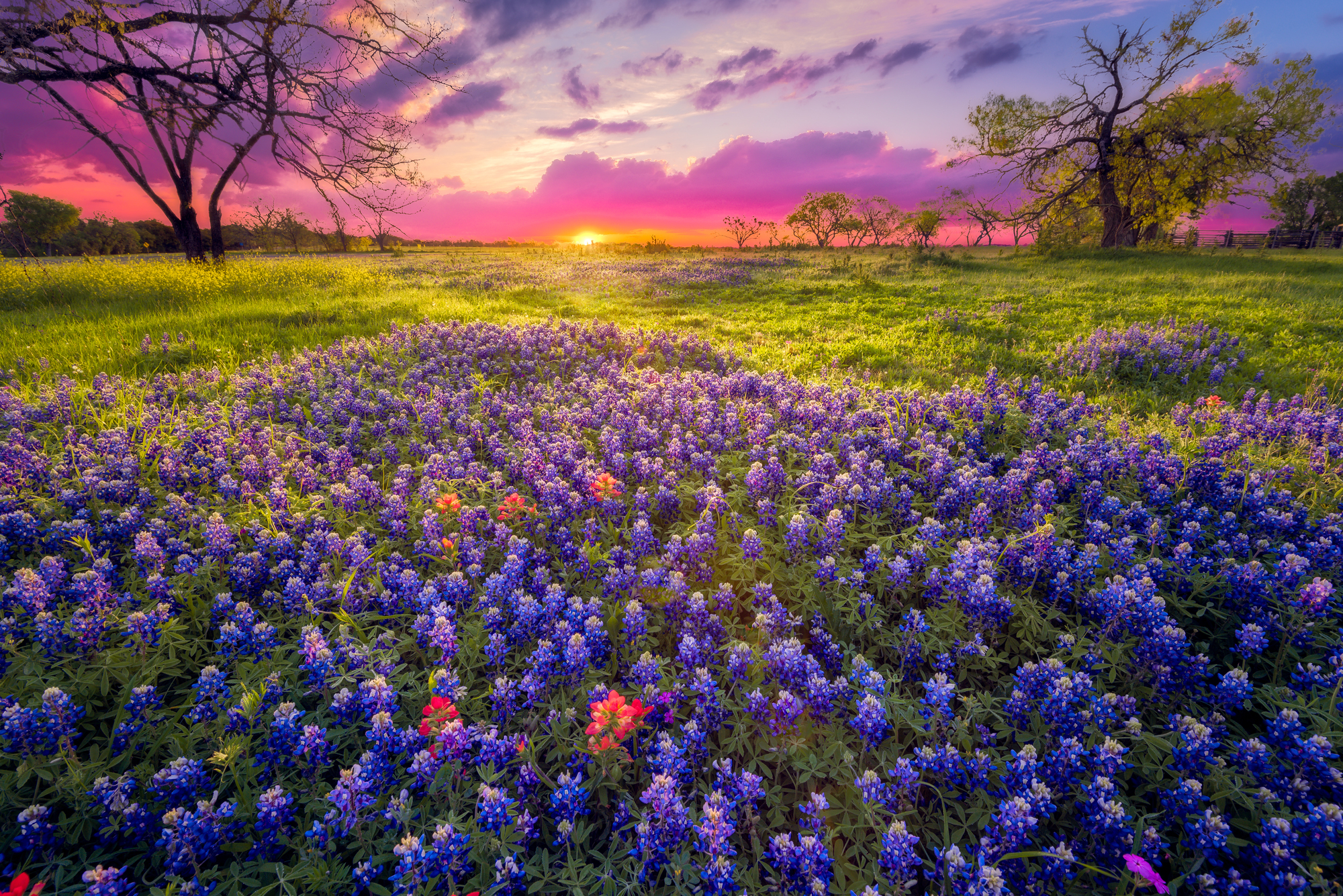
This charming Hill Country town with deep German roots has emerged as the center of Texas’s second-largest wine region. Over 50 wineries and tasting rooms line the 30-mile stretch along Highway 290, often called ‘Texas Wine Road.’ They specialize in Mediterranean varieties that thrive in the hot, dry climate.
The town’s distinctive blend of German heritage, Texas hospitality, and wine country sophistication creates a cultural experience unlike anywhere else in American wine regions.
Palisade, Colorado

Nestled in Colorado’s Grand Valley at 4,700 feet elevation, this high-desert town produces exceptional wines from vineyards surrounded by dramatic mesas and canyons. The area’s 300 days of sunshine and cool nights create ideal conditions for growing aromatic white varieties and structured reds that express remarkable terroir.
The combination of mountain biking trails, peach orchards, and lavender farms alongside vineyards offers visitors diverse agricultural experiences beyond wine tasting.
Loudoun County, Virginia
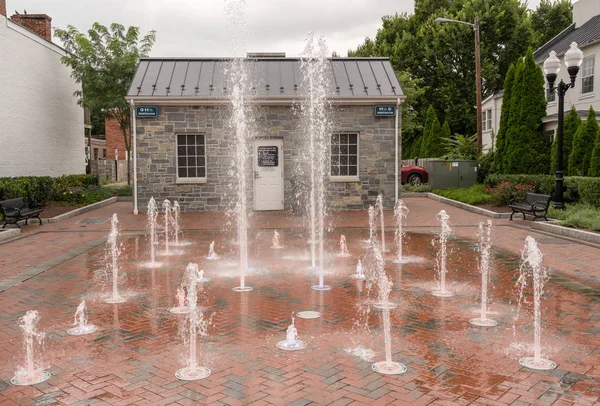
Located just 25 miles from Washington, D.C., this historic region combines Civil War heritage with cutting-edge viticulture in a breathtaking setting. The area’s granite and sandstone soils produce distinctive Viognier, Cabernet Franc, and increasingly impressive red blends that regularly surprise blind tasters.
Vineyards set against the backdrop of the Blue Ridge Mountains, many surrounding historic estates and equestrian farms, create a distinctly Virginian wine experience.
Like Travel Pug’s content? Follow us on MSN.
Finger Lakes, New York

This cool-climate region centered around 11 glacial lakes produces some of America’s most exciting aromatic white wines and increasingly impressive reds. The deep lakes moderate temperature extremes, creating ideal conditions for Riesling that rival Germany’s best examples for complexity and aging potential.
Charming lakeside towns like Hammondsport and Geneva offer visitors exceptional dining, historic accommodations, and direct access to hundreds of miles of shoreline.
Willamette Valley, Oregon
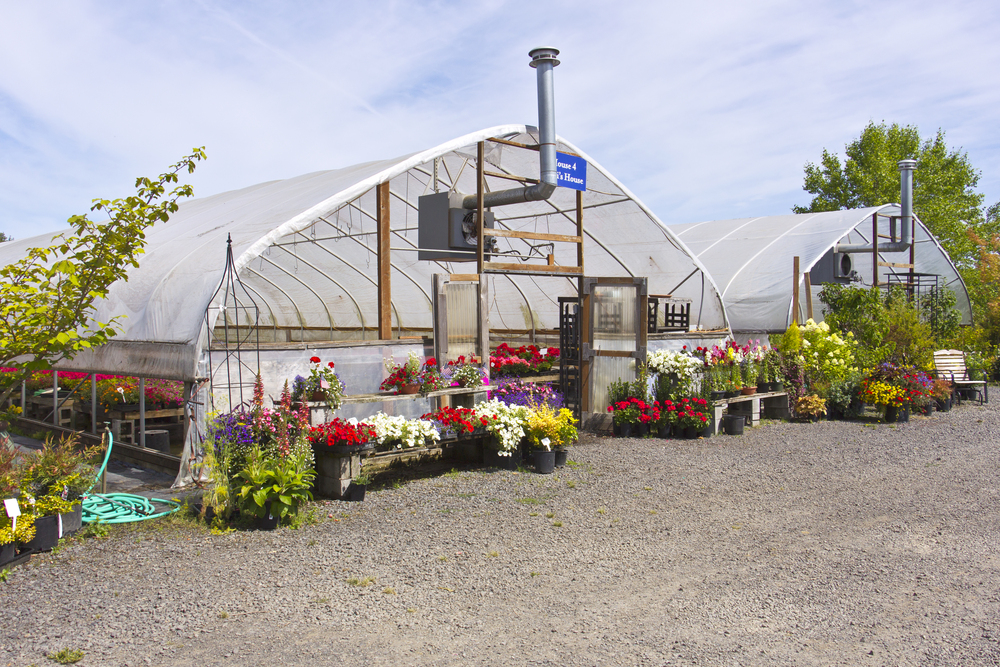
While far from unknown, this pinot noir powerhouse remains underappreciated compared to California’s coastal regions despite producing wines that regularly outperform Burgundy in blind tastings. The valley’s diverse microclimates spread across six sub-AVAs allow winemakers to express remarkable terroir differences within relatively short distances.
Small towns like Carlton, Newberg, and McMinnville maintain their agricultural roots while offering sophisticated dining and lodging options for wine travelers.
Lodi, California
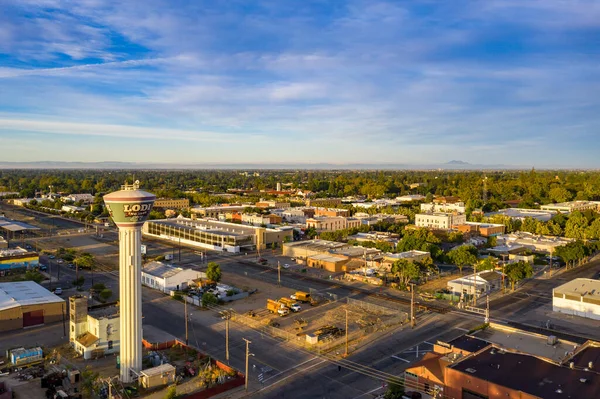
This historic growing region just south of Sacramento has evolved from primarily growing bulk wine grapes to producing some of California’s most distinctive old-vine Zinfandel and Spanish varieties. Multi-generational farming families, many tending vines over 100 years old, create wines with depth that newer regions simply cannot replicate.
The flat, bikeable terrain makes self-guided winery tours accessible for visitors of all fitness levels.
Like Travel Pug’s content? Follow us on MSN.
Sonoita, Arizona
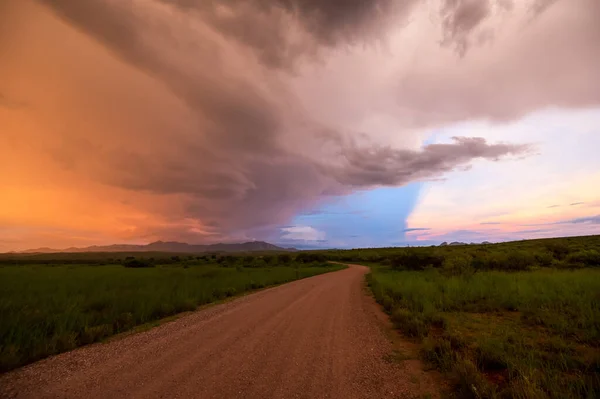
Arizona’s first designated American Viticultural Area sits at 5,000 feet elevation, creating a high-desert wine region producing structured reds and distinctive whites. The combination of 300 days of sunshine, minimal humidity, and significant diurnal temperature shifts allows grapes to develop intense flavor while maintaining crucial acidity.
Family-run tasting rooms surrounded by stunning grassland vistas and mountain views offer personal experiences rarely found in more developed wine regions.
Grand Junction, Colorado
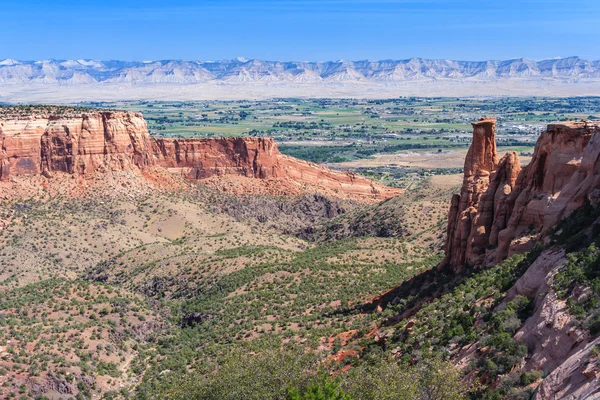
The western slope of the Rockies provides the perfect setting for this high-altitude wine region adjacent to dramatic red rock formations. The area’s intense sunshine, cool nights, and mineral-rich soils create ideal conditions for aromatic whites and structured red wines with distinctive mountain character.
Vineyard hiking trails and proximity to Colorado National Monument and Powderhorn Mountain Resort create perfect opportunities for combining outdoor adventure with wine exploration.
Hill Country, Texas
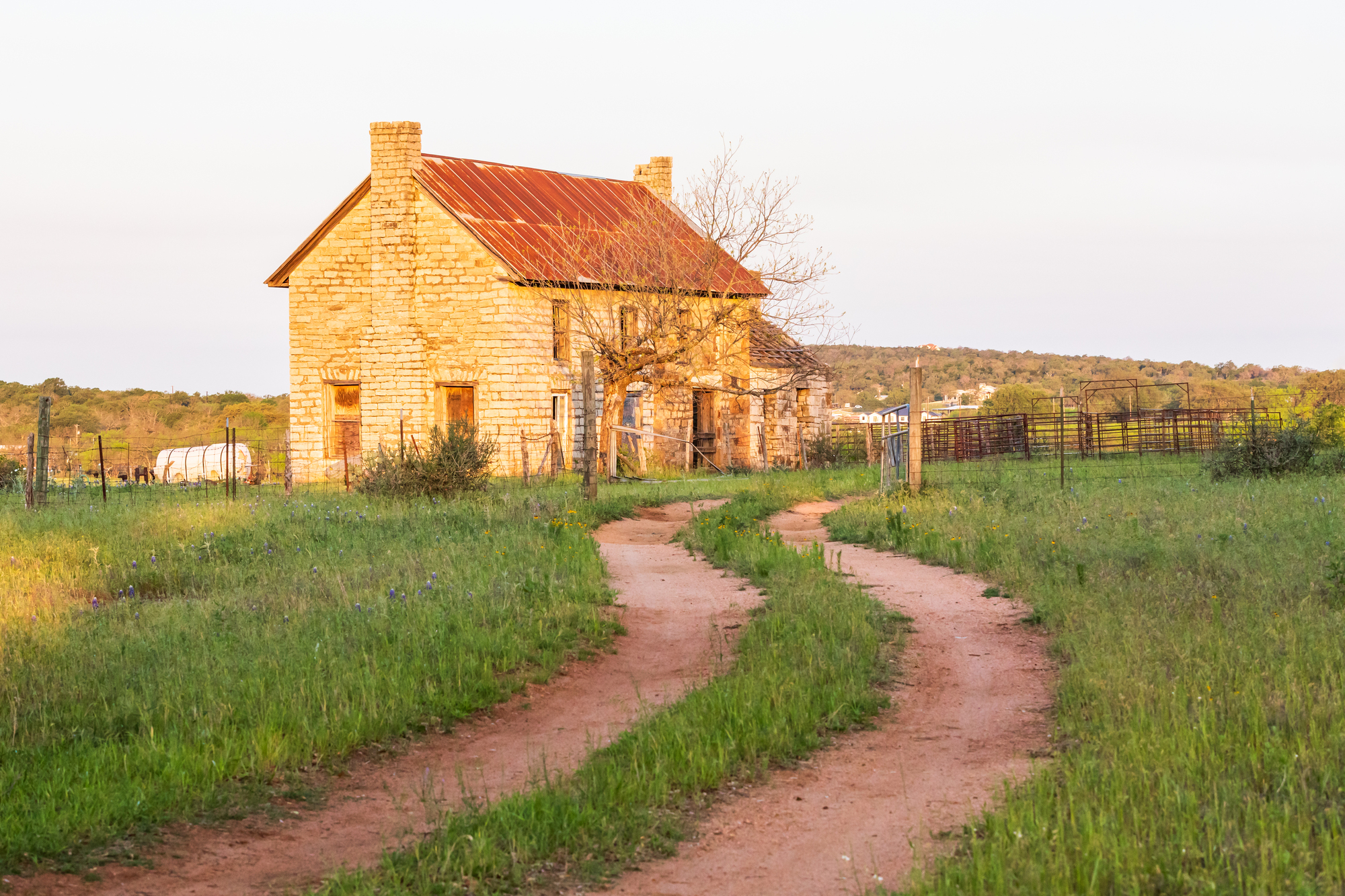
The stunning landscape outside Austin and San Antonio has become America’s second most-visited wine region through a focus on warm-climate varieties that thrive in the limestone-rich soils. Forward-thinking producers craft exceptional Tempranillo, Mourvèdre, and Viognier that express the region’s distinctive terroir rather than imitating cooler climate regions.
Historic German settlements like Fredericksburg provide charming home bases for exploring the over 50 wineries spread across the picturesque countryside.
Like Travel Pug’s content? Follow us on MSN.
Verde Valley, Arizona
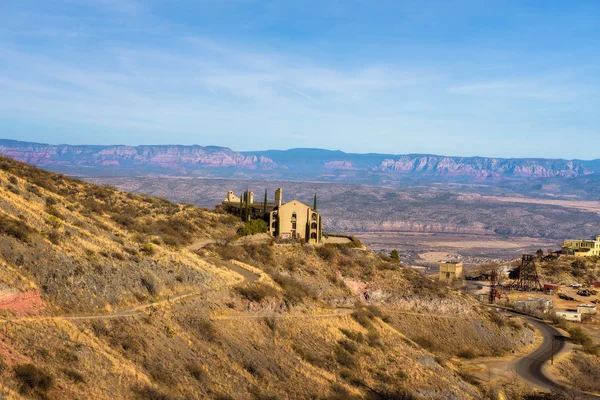
This emerging wine region between Sedona and Prescott capitalizes on dramatic elevation changes and volcanic soils to produce distinctive wines from largely Mediterranean grape varieties. Tasting rooms in historic mining towns like Jerome and Cottonwood combine wine country experiences with authentic Western heritage.
The 100-mile Verde River supports diverse ecosystems that provide bird-watching and wildlife viewing opportunities between winery visits.
Lewisburg, West Virginia

The Greenbrier Valley’s limestone-rich soils and surprisingly moderate climate allow this Appalachian region to produce refined wines that challenge preconceptions about East Coast viticulture. Family-owned vineyards produce exceptional European varieties alongside distinctive hybrids specifically developed for the regional climate.
The sophisticated small town of Lewisburg, with its thriving arts scene, historic downtown, and renowned culinary offerings, provides a perfect base for wine country exploration.
Purcellville, Virginia
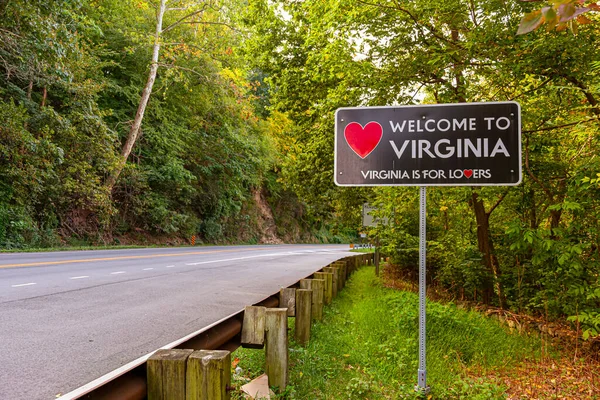
This historic town in D.C.’s western exurbs anchors a thriving wine community producing polished Bordeaux-style blends and aromatic whites. The rolling countryside dotted with stone barns, historic estates, and remarkably preserved Civil War sites creates an atmospheric setting for wine tasting.
The combination of proximity to the nation’s capital with authentic rural character offers an accessible wine country escape within an hour of urban environments.
Like Travel Pug’s content? Follow us on MSN.
Amador County, California
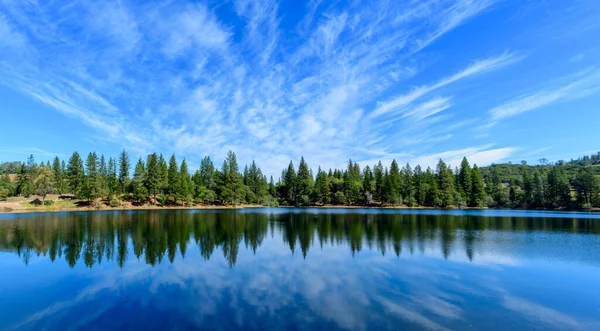
This historic Gold Rush region in the Sierra Foothills guards some of America’s oldest continuously producing vineyards dating to the 1850s. Italian immigrants planted Zinfandel, Barbera, and other Mediterranean varieties that still thrive in the decomposed granite soils and hot, dry climate.
Historic mining towns like Plymouth and Sutter Creek, with their perfectly preserved 19th-century architecture, create an atmospheric setting for exploring family-owned tasting rooms.
Bloomington, Indiana

The rolling hills of southern Indiana support a surprisingly sophisticated wine culture built around crisp whites and fruit-forward reds suited to the continental climate. University-backed viticulture research helps growers optimize varieties for the challenging Midwest growing conditions.
The cultural amenities of a renowned university town combine with pastoral landscapes to create a wine country experience that perfectly balances sophistication with rural charm.
Paw Paw, Michigan
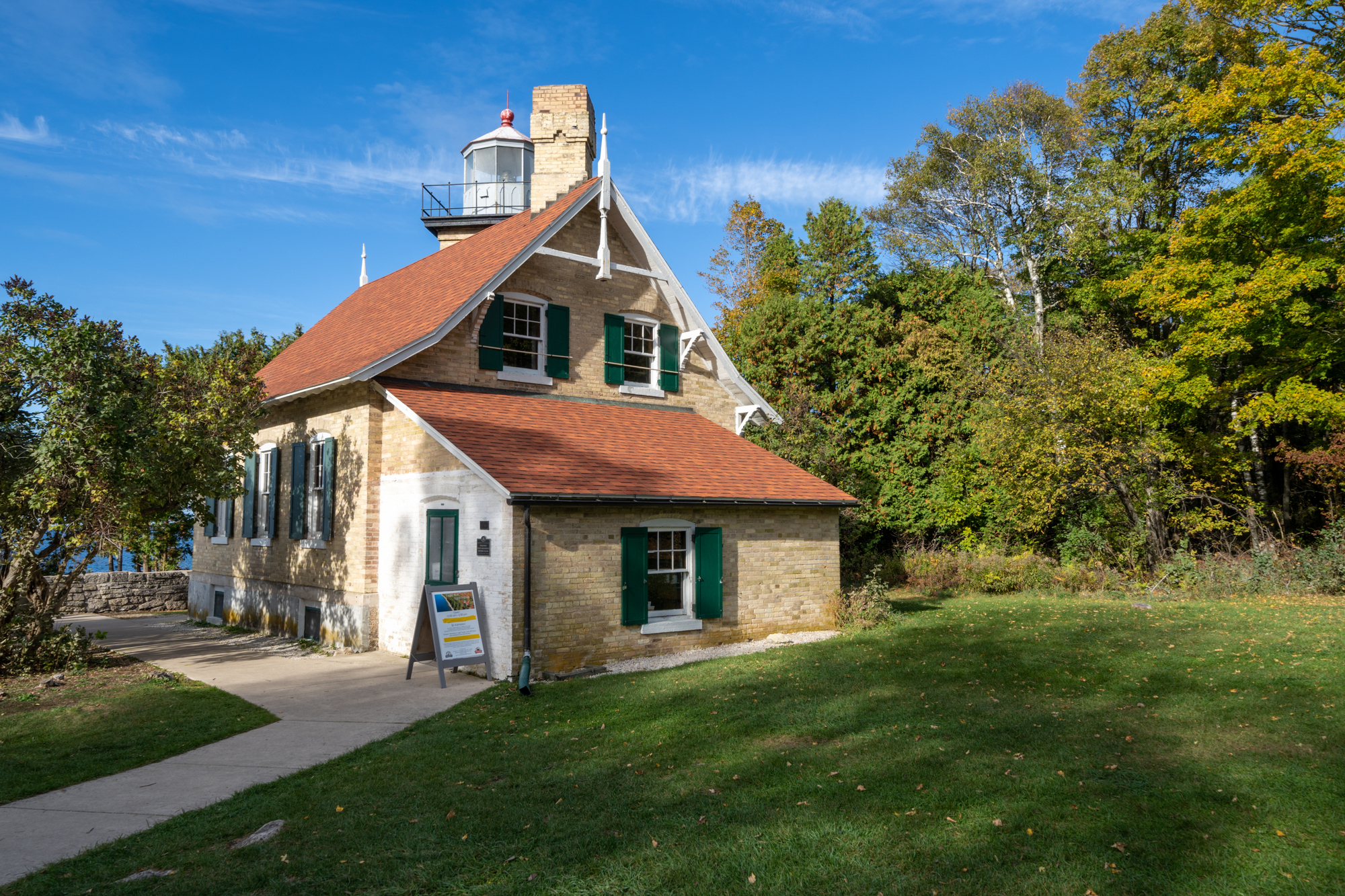
The moderating effects of Lake Michigan create a microclimate in southwestern Michigan capable of producing elegant cool-climate wines despite the state’s northern latitude. The lake effect shields vineyards from temperature extremes, allowing wine grapes to thrive alongside the area’s renowned fruit orchards.
Charming lakeside towns provide accessible bases for exploring a wine trail that remains one of America’s best-kept viticultural secrets.
Like Travel Pug’s content? Follow us on MSN.
Snake River Valley, Idaho

Spanning the Idaho-Oregon border, this high-elevation region benefits from volcanic soils and dramatic diurnal temperature shifts to produce wines of remarkable structure and complexity. Forward-thinking winemakers craft exceptional Syrah, Tempranillo, and aromatic whites that consistently surprise critics in blind tastings.
The combination of affordable tasting experiences, stunning canyon landscapes, and proximity to outdoor recreation creates a compelling wine destination.
Augusta, Missouri
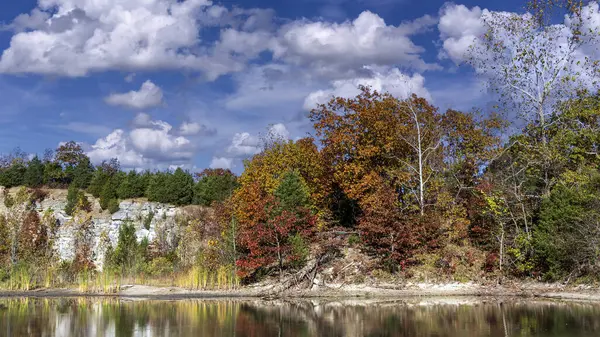
This historic wine region north of St. Louis holds the distinction of being America’s first federally recognized AVA, predating Napa’s recognition. German immigrants recognized the microclimate’s similarities to Rhine wine regions, planting European varieties alongside American hybrids specifically developed for the continental climate.
The picturesque Missouri River setting, with its rolling hills and historic river towns, creates a scenic backdrop for exploring family-owned wineries.
Paonia, Colorado
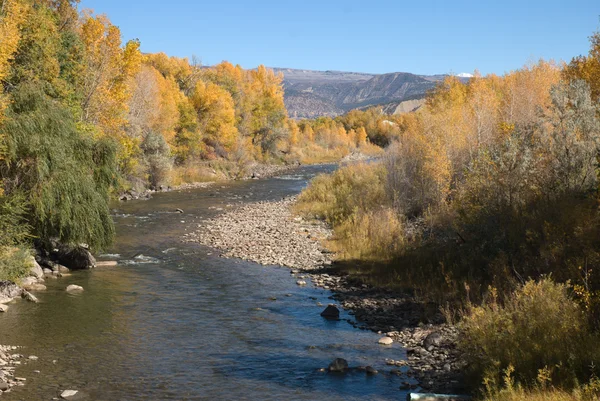
This tiny town on Colorado’s Western Slope harnesses its high-elevation terroir and organic farming heritage to produce distinctive wines from vineyards interspersed with organic fruit orchards. The extreme diurnal temperature shifts—often exceeding 40 degrees between day and night—create ideal conditions for developing complex flavors while maintaining crucial acidity.
The town’s remarkable concentration of farm-to-table restaurants, supported by the surrounding organic farms, creates culinary experiences rivaling much larger destinations.
Like Travel Pug’s content? Follow us on MSN.
American Terroir: The Next Chapter
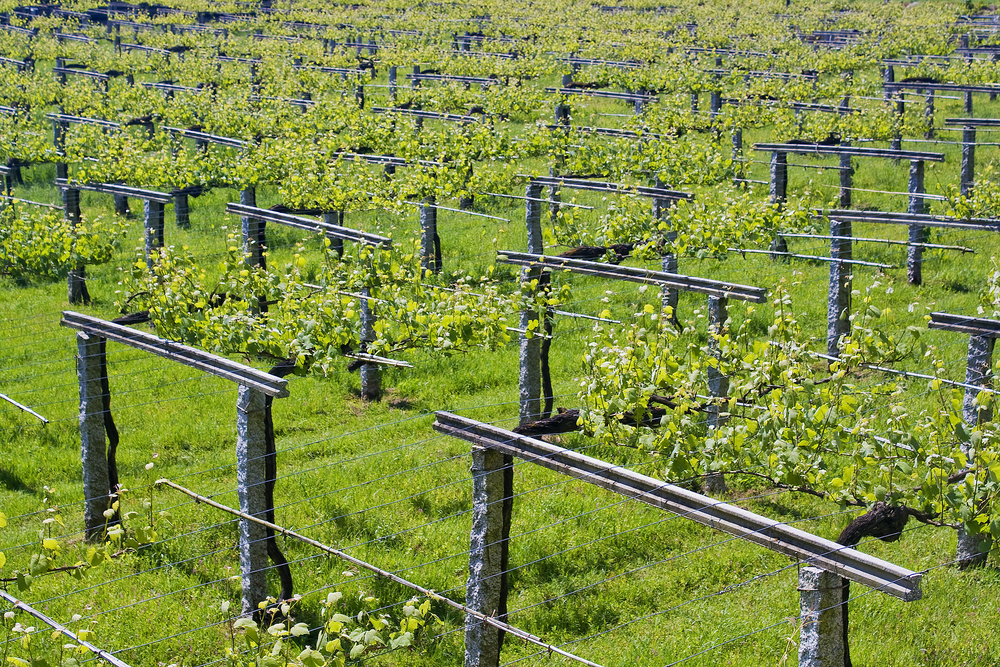
These emerging and underappreciated wine regions represent the exciting evolution of American wine beyond the established powerhouses of Napa and Sonoma. Their relative obscurity offers wine enthusiasts authentic experiences increasingly difficult to find in more famous regions—conversations with actual winemakers instead of tasting room staff, affordable sampling without required reservations, and the thrill of discovery unspoiled by preconceptions.
These regions remind us that great wine ultimately comes from the combination of suitable terroir, dedicated producers, and distinctive grapes that express a sense of place. The diversity of American landscapes, from high deserts to river valleys, from mountain slopes to lakeside plains, creates ideal conditions for wine diversity that few countries can match. The next great American wine experience awaits in these underappreciated regions.
More from Travel Pug

- Cities Growing so Fast You Won’t Recognize Them in 10 Years
- 13 Destinations Where Tourists Regularly Regret Their Trip
- 16 U.S. Cities That Are Quietly Becoming Travel Hotspots
- Where to Travel If You Love Long Bus Rides and Daydreams
- 20 Cities Perfect for Solo Travelers Who Crave Adventure & Culture
Like Travel Pug’s content? Follow us on MSN.
